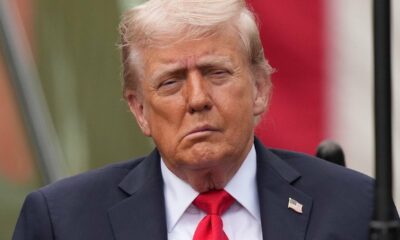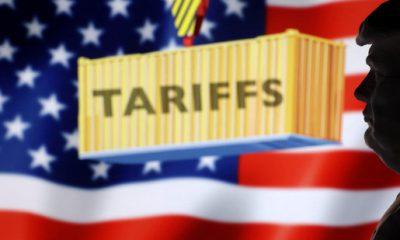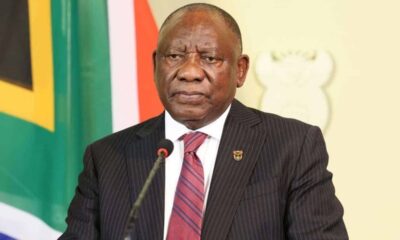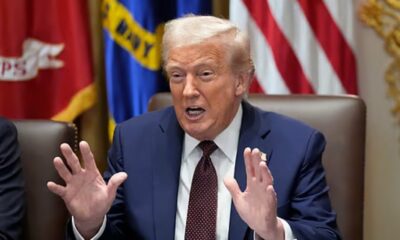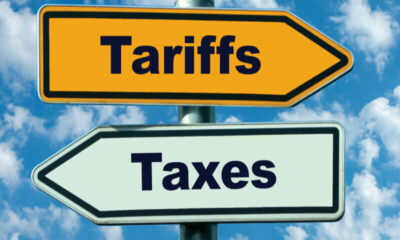News
Trump’s Tariff Hike: Steel, Jobs, and a Divided Trade Future
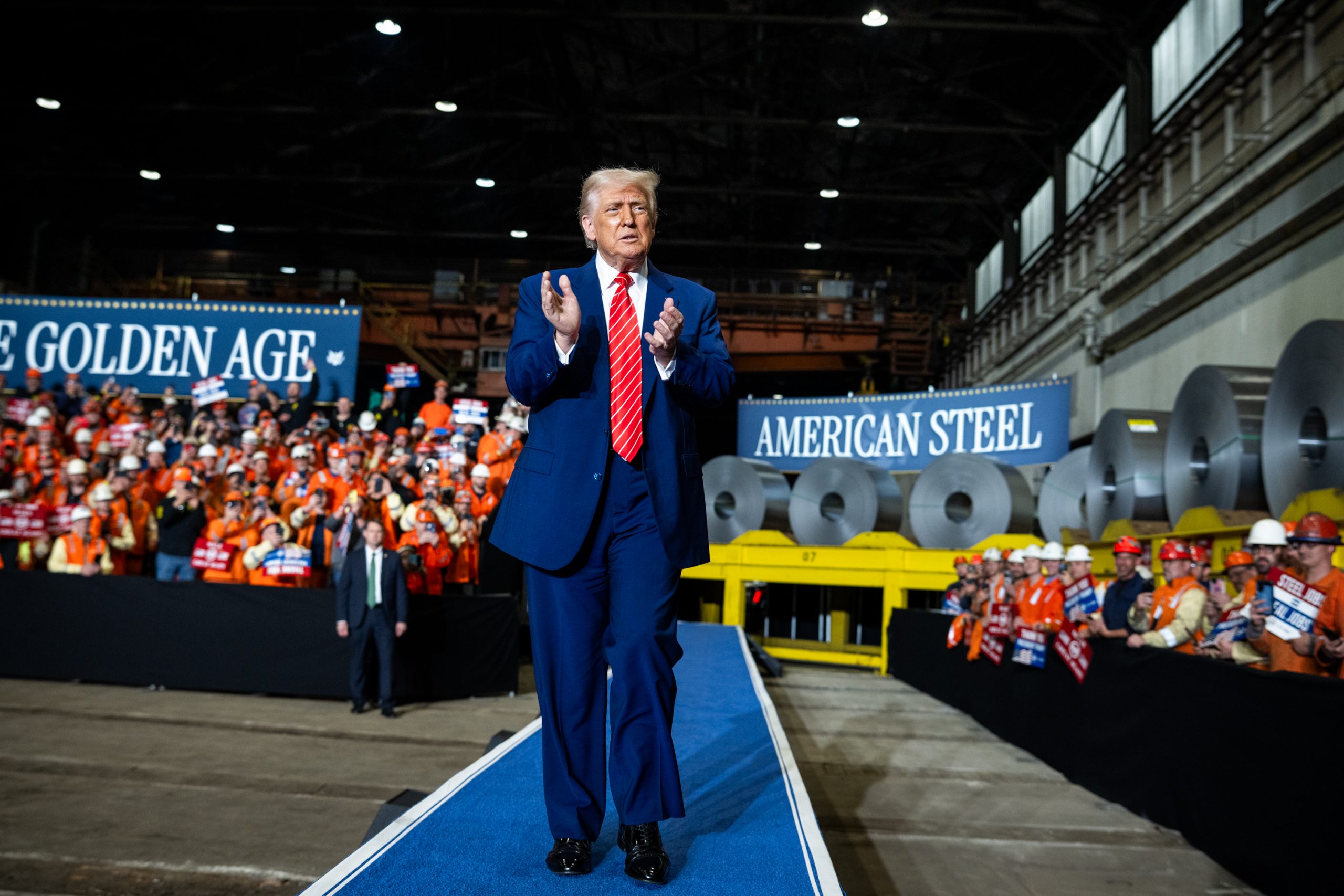
In a bold move that’s already shaking up global markets and American politics, President Donald Trump has doubled down on tariffs for imported steel and aluminium. Standing before a crowd of cheering workers at a Pennsylvania steel plant, Trump announced that starting June 4, the U.S. would increase tariffs on both metals from 25% to 50%.
While the crowd roared with approval, not everyone is convinced this is the comeback American industry needs.
“Nobody’s Going to Get Around That”
Trump’s speech at the U.S. Steel plant in Pennsylvania was as fiery as ever. “Nobody’s going to get around that,” he said, referring to the new tariff rates. The president insisted that without earlier tariffs he imposed during his first term, plants like this one would have shut their doors long ago.
He painted a picture of revival — American steelworkers back on the job, factories humming, and foreign competitors kept in check. To his base, it was a promise kept. To his critics, it was a gamble.
A Familiar Trade War Tune
Since reclaiming the Oval Office in January, Trump has returned to his tough-tariff playbook, reintroducing import taxes that stretch far beyond geopolitical foes. Even long-standing allies haven’t been spared.
Economists have voiced concern that such aggressive trade tactics could backfire, triggering retaliation and pushing up prices for industries that depend on steel and aluminium. But Trump has remained firm, arguing that these policies will bring jobs back home and make American manufacturing self-sufficient.
And despite a court ruling earlier in the week questioning his legal authority on tariff decisions, a higher court allowed the increases to stand — at least for now.
The Nippon Steel Deal: Promise or Pitfall?
Friday’s speech also veered into even murkier waters: a proposed $14.9 billion deal between U.S. Steel and Japan’s Nippon Steel. Trump told workers the deal could inject 70,000 jobs and $14 billion into the U.S. economy — a staggering number that sparked both excitement and suspicion.
Yet even Trump himself admitted the agreement isn’t locked in. “I have to approve the final deal with Nippon, and we haven’t seen that yet,” he said. Former President Joe Biden had blocked the same deal, citing national security risks. Now Trump seems open — but only if the deal keeps operations and control firmly on U.S. soil.
Nippon, on its side, has promised to invest billions in modernising American plants, including a $2.2 billion boost for the Mon Valley Works-Irvin plant in Pennsylvania, and $7 billion more to expand operations in Indiana and Minnesota.
Union Uncertainty
But what do the people on the factory floors think?
That depends who you ask. The United Steelworkers union, which represents many of those workers, isn’t celebrating just yet. They say they’ve been left in the dark. USW President David McCall expressed unease, warning that workers and national interests could be at risk if the deal isn’t handled properly.
“If it’s so good for us, why weren’t we brought to the table?” one worker asked quietly after Trump’s speech.
Where Does This Leave America?
The weeks ahead will be crucial. Trump’s latest tariff hike may energise his supporters and offer a temporary boost to U.S. steelmakers, but it also risks trade blowback from global partners. Add the controversial Nippon deal into the mix, and we’ve got a cocktail of economic nationalism, political drama, and deep questions about America’s industrial future.
For some, this is the sound of steelworkers rising again. For others, it’s déjà vu from the last round of tariff-induced turbulence.
Let’s Talk: Tariffs or Trade Deals?
What do you think? Are these tariffs a lifeline for American industry or a step backward in global trade? As the dust settles from Trump’s announcement, one thing is certain: the debate over how best to protect and grow American jobs is far from over.
{Source: IOL}
Follow Joburg ETC on Facebook, Twitter , TikTok and Instagram
For more News in Johannesburg, visit joburgetc.com

